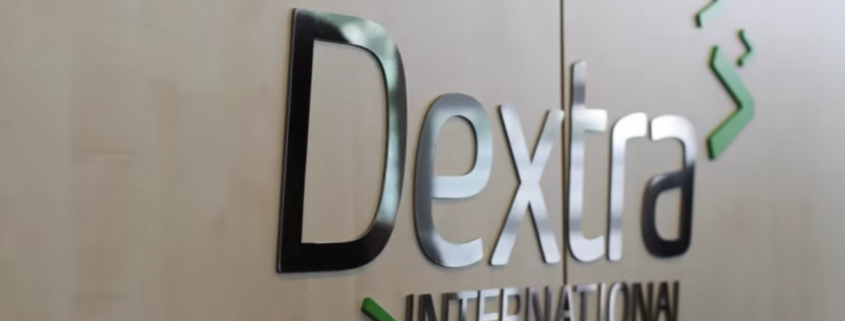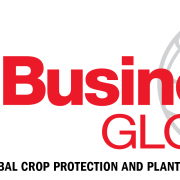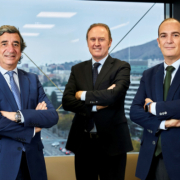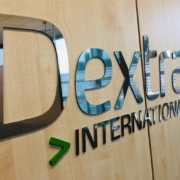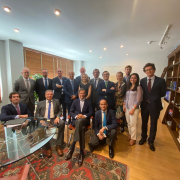David de Boet Pérez-Portabella associate director of M&A at
Dextra International wrote this article for Agropages.
The agrochemical industry is reaching a record level of M&A transactions, establishing higher multiples, and attracting investment funds that priorly did not have an active display on this segment.
The M&A main function is to provide growth, change the current corporate strategy, and to consolidate the market position.
We have seen how the agchem industry has been redrawn with a huge increase of the M&A activity in response to the mega mergers we saw during 2016, with the Bayer & Monsanto merger, the Syngenta and Adama acquisitions by Chemchina, the Dow & DuPont merger, the FMC acquisition of Cheminova, Arysta acquiring Platform Specialty Products, or the most recent transactions like the UPL acquisition of Arysta Lifesciences.
These mega mergers have led, due to the regulator’s antitrust analysis, to some significant divestures that the mid ag corporate segment has taken as an opportunity for growth, maintaining the M&A activity on the rise until now.
The result is that all mid and major companies within the AG industry have been on the hunt for possible targets to maintain, expand and consolidate their market presence.
The whole industry has been shaken by this activity, which has raised acquisition prices and increased the valuation multiples, all in a frenetic race based on a “buy or die” policy.
With an aggregated value of deals reaching an all-time high, it is important to realize that besides the expanded activity, a more complicated scenario with new rules of engagement is being drawn.
Equity players with deep pockets willing to enter into conservative markets like the AG Industry, represent an easy access for corporations to a low-cost financing, and that acts as a catalyst for the M&A activity increasement, with lots of entry and exit moves.
However, the pressure on margins, the lack on current innovation in new substances, the raise on regulatory standards and the requirement of profit increase by investors, securing the return on their positions, are variables to seriously consider on future performance, as well as the resulting impact on the global market.
AG companies need, more than ever, to make sure that deals are generating a real positive impact to their organizations, and that can only be done by aligning industry strategic consultancy with good corporate finance skills for an integrated M&A service where “real in-depth AG strategy” and “value-added financial advisory” come together as one.
The formula of 1+1=3 is not always true anymore, as strategy alignment and structure integration may be a “killer factor” rather than an easy path.
To face this challenge, at Dextra International we decided to join forces with a leading corporate finance firm like Grant Thornton (Big 6), to sum up both services and structure, to provide our clients with an integrated AG M&A service.
It turned into a real success, as adding that deep market knowledge to the traditional M&A process helped clients get a more profound and accurate view of the value, present and projected, on each of the considered targets.
We are moving towards a highly competitive scenario and future deals will have to be analyzed from a real deep 360 perspective, before making any commitment, towards a guaranteed success.
So, taking that into account, we expect that the M&A activity will keep on in 2019, with several current projected transactions, but we may face a significant decrease on the volume of “pure M&A transactions” in favor of JV’s, Strategic Alliances and Operational Partnerships on 2020.
Source: Agropages

